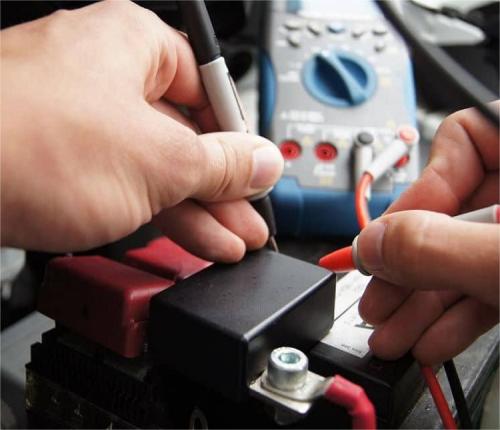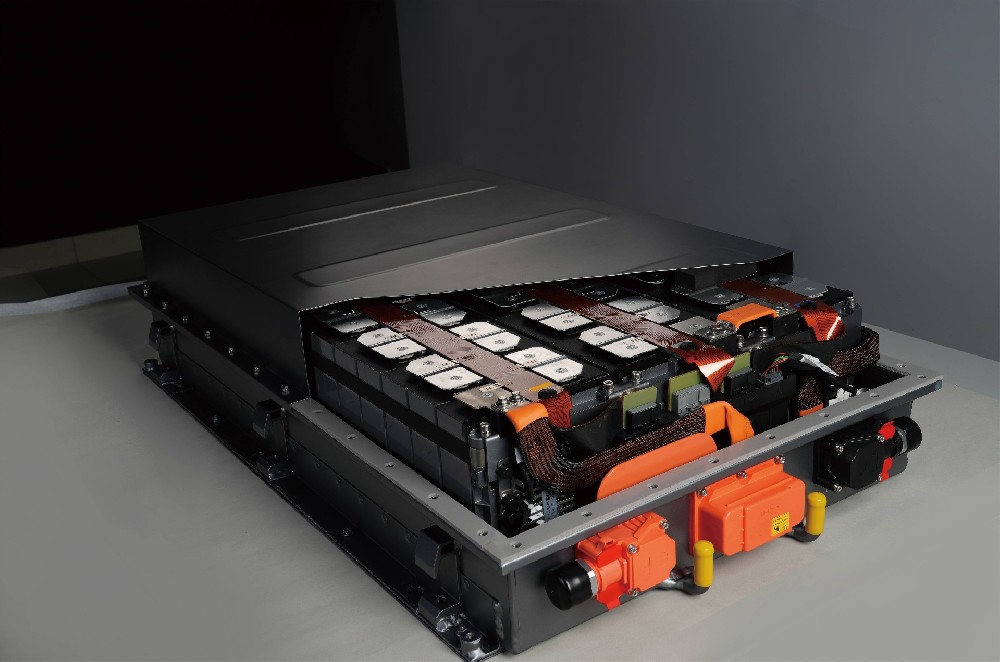Lithium-Ion Battery Care Guide
The main difference between BMU (Battery Management Unit) and LMU (Single Cell Management Unit) lies in their functions, application scenarios, and specific responsibilities.
I. Functions and Responsibilities
BMU:
The BMU serves as the central brain of the battery management system. It is responsible for comprehensive monitoring, control, and protection of the battery pack. It measures key parameters such as voltage, current, and temperature, and calculates critical indicators like SOC (State of Charge) and SOH (State of Health) through advanced algorithms. The BMU also executes balancing control strategies to ensure uniform performance across all cells, thereby extending the overall battery lifespan. Additionally, it has diagnostic and early warning capabilities—if any abnormal conditions are detected, the BMU takes immediate action to ensure safety.
LMU:
The LMU handles more localized, detailed management within each battery module. Installed directly inside the module, it monitors the voltage and temperature of individual cells in real time and reports the data to the BMU. It also executes balancing commands—either actively or passively—to minimize voltage discrepancies between cells and maintain module consistency. The LMU possesses basic fault detection abilities and can quickly identify and report issues within the module.
II. Application Scenarios
BMU:
BMUs are widely used in battery-powered systems such as electric vehicles (EVs), energy storage systems (ESS), and industrial backup power solutions. Their role is to ensure the safe, stable, and efficient operation of the battery pack. The BMU collects and analyzes system-wide data and takes immediate action when thresholds are exceeded—for example, stopping charging when voltage is too high, or initiating cooling when temperatures rise.
LMU:
LMUs are deployed in battery systems that require detailed, cell-level monitoring and management—especially in large battery configurations consisting of multiple modules. Common applications include electric buses, commercial EVs, heavy-duty off-road vehicles, and large-scale energy storage systems. Their ability to ensure consistency and safety at the module level is crucial for the overall performance and longevity of the battery system.






